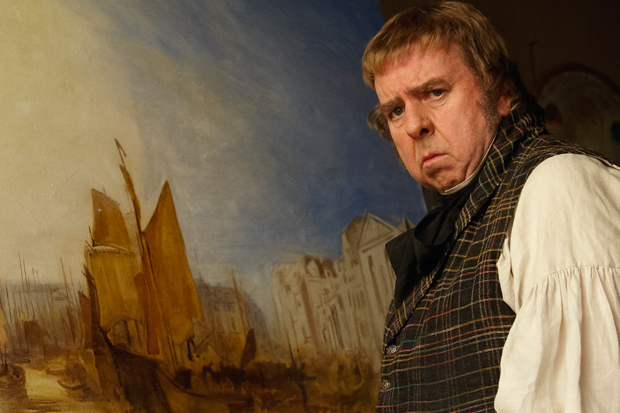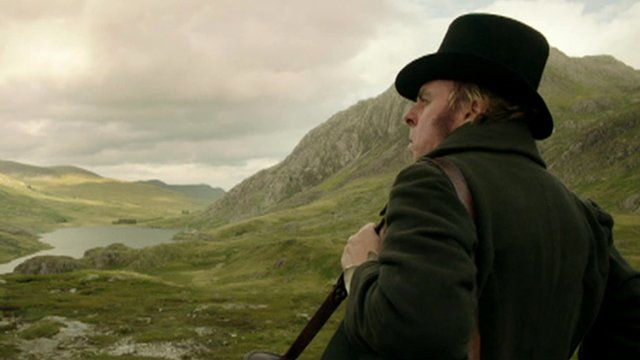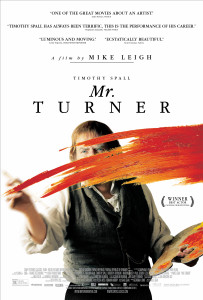MR. TURNER Review
Director: Mike Leigh
Genre: Biopic, Historical Drama
Release: 2014
Uncharacteristic of Mike Leigh’s social-realist approach to filmmaking, MR. TURNER represents a shift in visual execution for the director, and whilst Leigh proves to be up to the task, delivering the most picturesque film of his career, the script he’s working off of unfortunately prevents him from telling a dramatically charged character-piece.
While there are plenty of narrative elements in MR. TURNER that are intriguing, not a single one is dissected enough to make for compelling storytelling. Instead, Leigh’s film feels like a long series of vignettes strung together out of the life of the great painter. Consequently, an endless onslaught of themes are presented to the audience, but never follow through to form a cohesive narrative.
This lack of dramatic weight causes the absolutely mesmerizing performance from Timothy Spall to actually stumble, making it hard to relate to a protagonist when there’s no thorough understanding of whats going on inside of his head emotionally. Henceforth, the narrative feels dramatically vapid and falls short of the cathartic build-up that MR. TURNER seems to be trying to tackle.

Timothy Spall portrays British artist J.M.W. Turner
And yet, Mr. Turner is an absolutely marvelous viewing experience, showcasing mezmerizing images from cinematographer Dick Pope, who manages to capture the essence of a Turner painting through his camera. Leigh’s smartest decision is to shy away from close-ups or any traditional camera technique whilst filming most of his conversation scenes. By remaining in the master shot for majority of the film, MR. TURNER’s sequences consistently feel like they are imitating the visual style of the painter, much like Kubrick’s BARRY LYNDON.
As a result, the most inventive narrative moment in MR. TURNER is near its third act, when the acclaimed painter discovers the photo camera, and is told that soon enough painters will become obsolete. It’s interesting to consider this sequence, especially because this concept of technological advancement is an ongoing debate in the art world, and it’s made painfully poignant when considering that Leigh did in fact manage to mimic the works of Turner with his film camera.

Beautiful landscape shots are the norm
The dedication put into this project by Timothy Spall is the film’s greatest strength. His performance is brilliant and unorthodox, presenting a character to the audience who’s not traditionally sympathetic, but captivating due to the madness behind his genius. His strange, pig-like grunts and subtle intellect make for a compelling protagonist, leading into an endless slew of fantastic conversation scenes that segue through the juxtaposition of jaw-dropping landscapes.
Mike Leigh has crafted an unprecedented epic, delivering a two-and-a-half hour biopic that carries no traditional character arc, end goal or conflict. Leigh forces his viewers to confront the career of one of England’s finest painters with an almost slice-of-life mentality, hearkening back to the director’s trademark style. This absence of conflict also makes for a film that is strikingly beautiful, taking its time to carefully lay its audience into its period setting, and showcasing the fine details of how people prepared food, made paint, and finished their artworks in the gallery as opposed to home.
However, this same sense of dramatic levity causes the narrative’s theme of being misunderstood and unappreciated as a painter fall flat. The dramatic anchor of the film lies in Mr. Turner’s downfall, but because the film never presents a cathartic build-up, MR. TURNER ends like the last pocket of air being pressed out of a balloon, contradicting the very nature of its thematic agenda.
This review originally appeared here.
Verdict: Recommend




